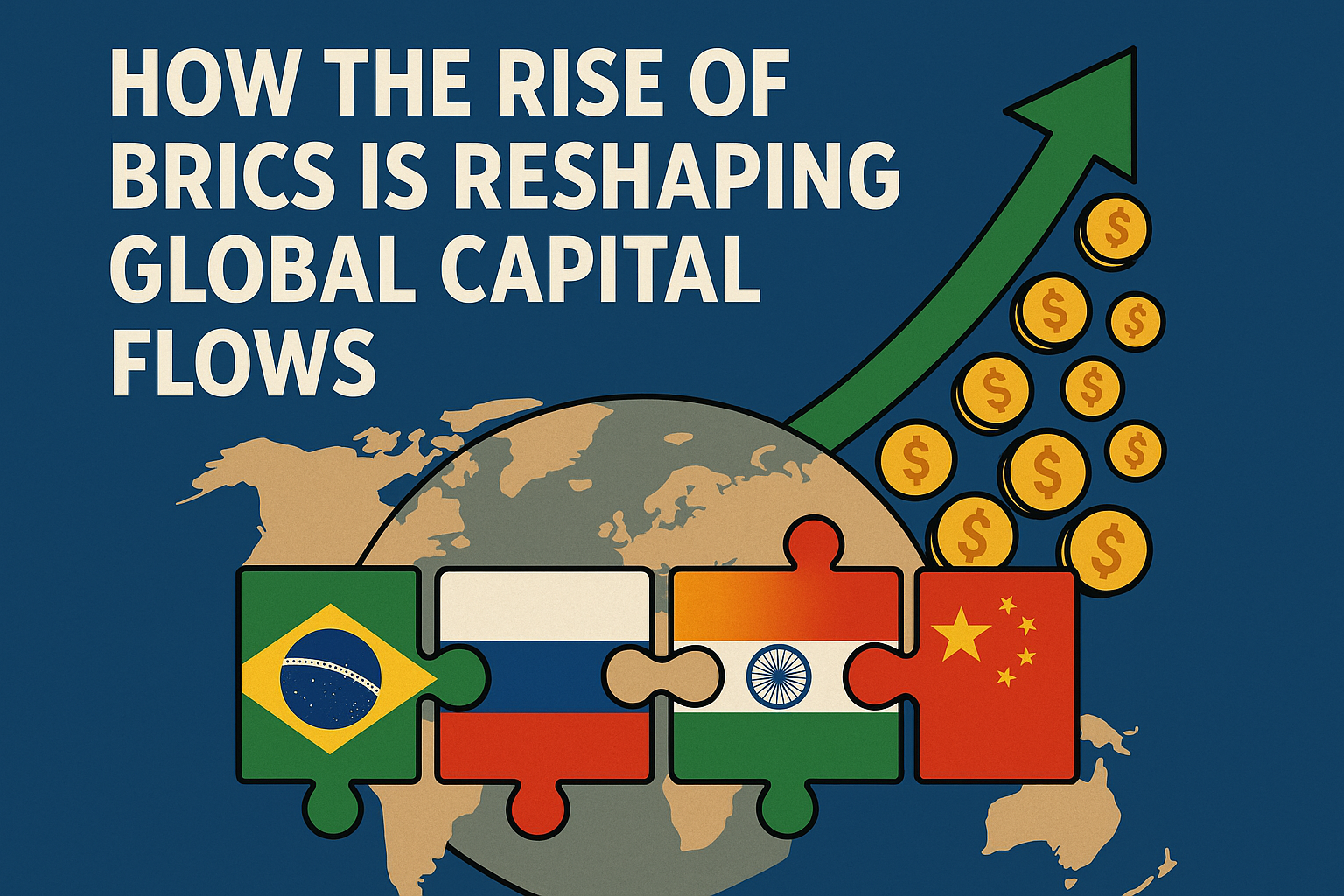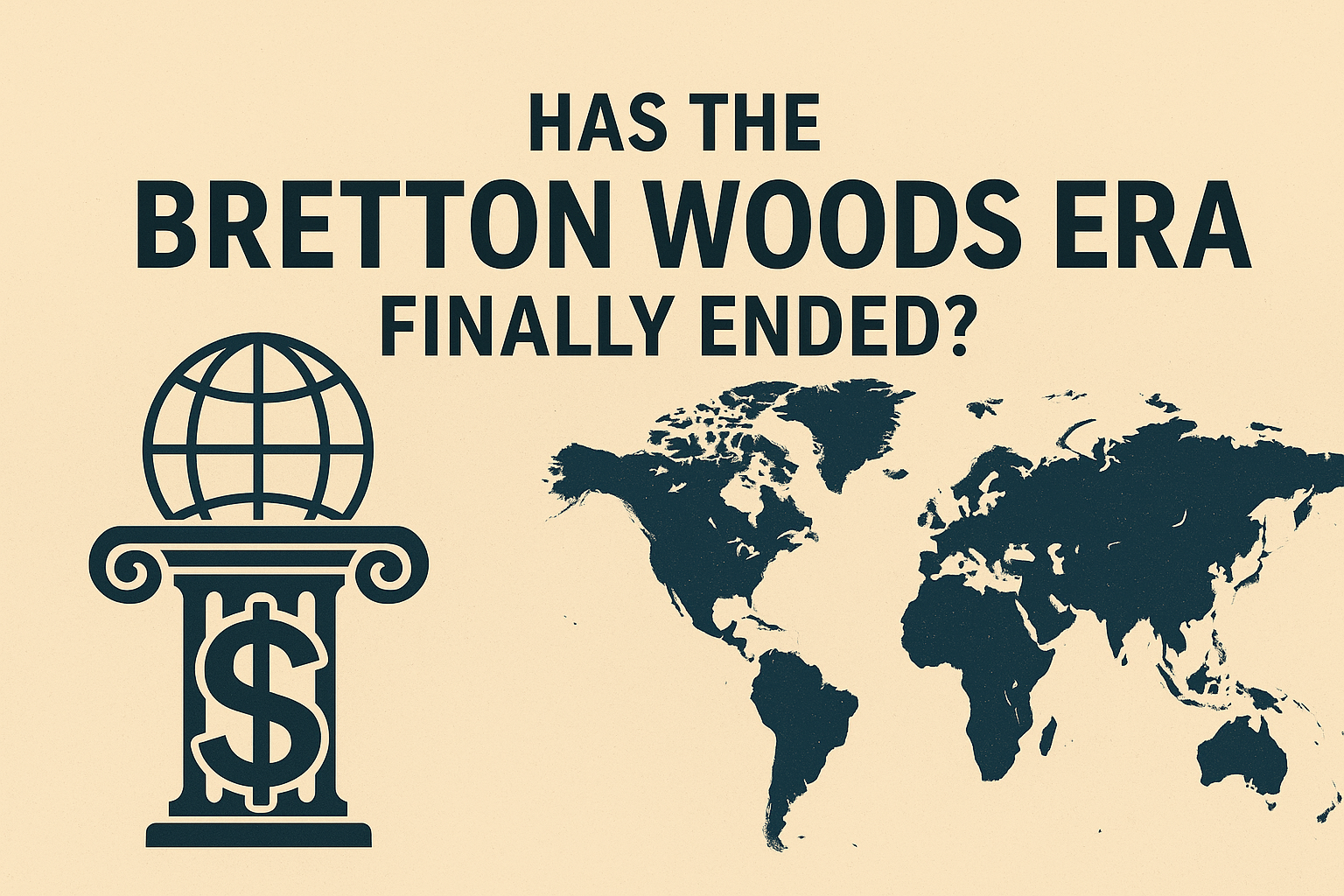For decades, the U.S. and Europe dominated the global financial stage. But today, the BRICS nations—Brazil, Russia, India, China, and South Africa—are rewriting the rules of global capital flows. With discussions around expanding BRICS membership and reducing dependency on the U.S. dollar, investors are asking a critical question: How will this shift impact global markets and personal portfolios?
The BRICS Growth StoryA Fragmenting World Order
- Economic Powerhouse: Collectively, BRICS nations represent over 40% of the world’s population and nearly one-third of global GDP.
- Emerging Influence: From trade agreements to development banks, BRICS is increasingly challenging Western financial dominance.
- Energy & Resources: With Russia, Brazil, and South Africa rich in resources, and China & India leading manufacturing and services, BRICS is diversifying global supply chains.
The De-Dollarization Debate
One of the hottest conversations in finance today is de-dollarisation. BRICS is exploring alternatives to the U.S. dollar for trade settlements.
- This could reduce U.S. dominance in global capital markets.
- Investors may see more capital shifting into emerging market currencies.
- For Indian investors, this means diversification opportunities beyond USD-based assets.
Capital Flow Implications
- Emerging Market Bonds & Equities
BRICS nations are becoming attractive destinations for global capital. Expect higher foreign direct investment (FDI) inflows, especially in India and China. - Shift in Trade Finance
If BRICS creates a common currency or increases bilateral trade in local currencies, global liquidity patterns could shift away from Western hubs. - Infrastructure & Development Finance
- Institutions like the New Development Bank (BRICS Bank) are financing large-scale projects, redirecting capital that once flowed through IMF or World Bank channels.
What This Means for Investors
- Diversification is Key: Investors should consider exposure to emerging markets, especially India.
- Currency Risks & Opportunities: As BRICS pushes local currency usage, forex fluctuations will play a larger role.
- Long-Term Play: While short-term volatility is likely, the structural shift favors growth in BRICS economies.
Conclusion
The rise of BRICS is more than a political headline—it’s a financial reality reshaping global capital flows. For investors, this is both a challenge and an opportunity. The key is to stay informed, diversify wisely, and position portfolios to benefit from the world’s evolving financial order.
______________________________________________________________________________________
Disclaimer: This blog post is for informational purposes only and should not be considered as financial advice. Always consult with a professional financial advisor before making any investment decisions.








